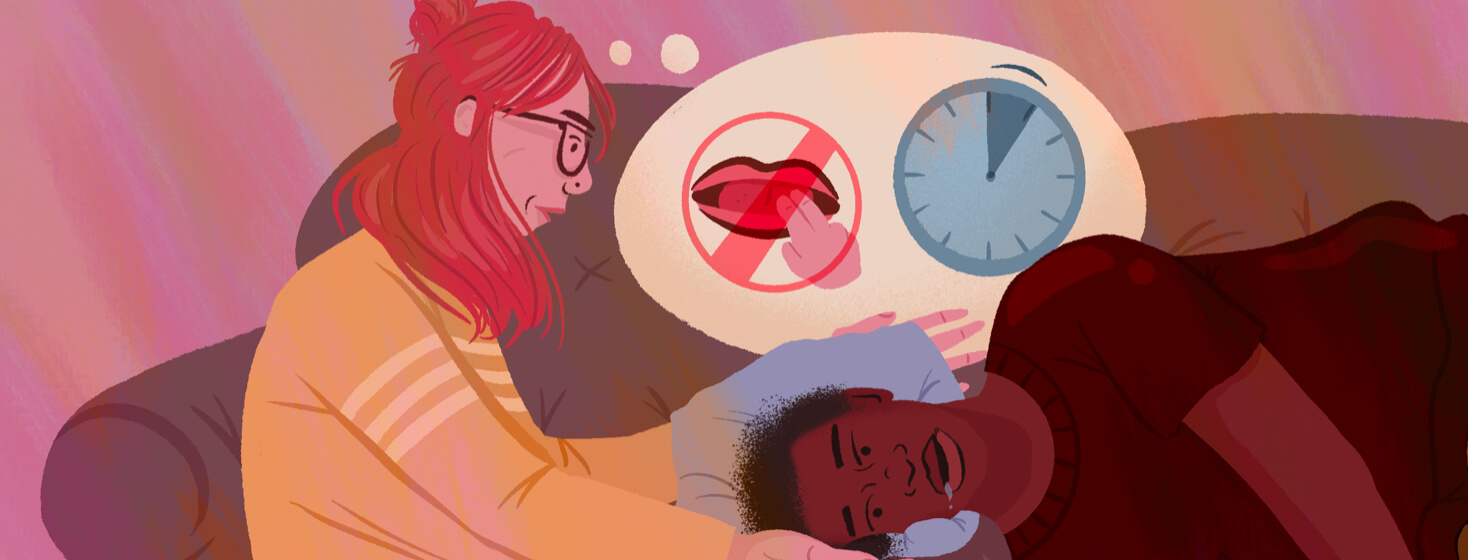Learning Seizure First Aid
November is Epilepsy Awareness Month! Time to find your smile and purple attire. Purple represents epilepsy awareness, and your smile represents your passion for learning and sharing!
I want to jump right into potentially life-saving information with you, which I've summarized based on CDC guidance1:
How to save a life with seizure first aid
Here is seizure first aid for tonic-clonic (grand mal) seizures:
Do:
- Help the person on the floor laying on their side. (The reason for being on their side is so the individual does not aspirate.)
- Clear the area around the person and if possible, place something soft under their head.
- Remove glasses if needed and make sure they don’t have a restricting tie/bow/etc. around their neck.
Do not:
- Hold the person down.
- Put something in the person’s mouth.
- Give mouth to mouth.
- Offer food/water until the person is fully awake and functional.
- Immediately ask the person their name/the date/etc. This can cause the person to panic if they have not fully recovered.
Should I call 911?
When to call 911:
- If the seizure lasts longer than 5 minutes.
- If the person has difficulty walking or breathing after their seizure finishes.
- If the person has back-to-back seizures.
- If the person is injured during the seizure and the injury requires medical attention.
- If the seizure happens in water.
The American Red Cross also has a breakdown of the first aid procedures on their app.
Seizure first aid crashes into life
There are so many reasons that knowing this information is important, but I want to give you an example from my life.
A couple of years ago I was in a car accident. The woman who hit me was having a seizure while driving. Her seizure was so severe that she had her foot on the peddle and was driving while unconscious. During her seizure, she hit my car first and then two additional cars in front of me while we were at a stoplight.
Once I balanced out from the impact to my car, I heard a person yell that the woman was havening a seizure! The person who opened the door of the driver’s car didn’t seem to know what to do. I got out of my car and went to the woman having the seizure.
Quick action during epileptic seizure
Since she was buckled in and upright – the main thing I evaluated was making sure nothing was tight around her neck. I also noticed the car was still on and not in park. I put the car in park and then stepped away after seeing that her area was clear. Next, I told the person behind me to time the rest of her seizure and make sure she doesn’t choke.
I was pregnant at the time and after verifying the basics of the woman's safety I stepped away and focused on my baby. A saint who saw the accident was a nurse. She came over and evaluated the driver and then the paramedics came.
In the end
Mercifully the woman who had a seizure ended up being alright. Also, by grace, no one else in the other vehicles was severely injured... Including my current little baby girl. Bumps, bruises, and the need for physical therapy are nothing compared to what could have happened to the driver who had the seizure and the drivers in the other cars.
Here’s the moral of this story. You never know when you will be the person opening a car door to a driver having a seizure. You want to make sure you can help the person and stay calm and safe yourself.
PLEASE, share how to care for an individual having a grand mal seizure.

Join the conversation